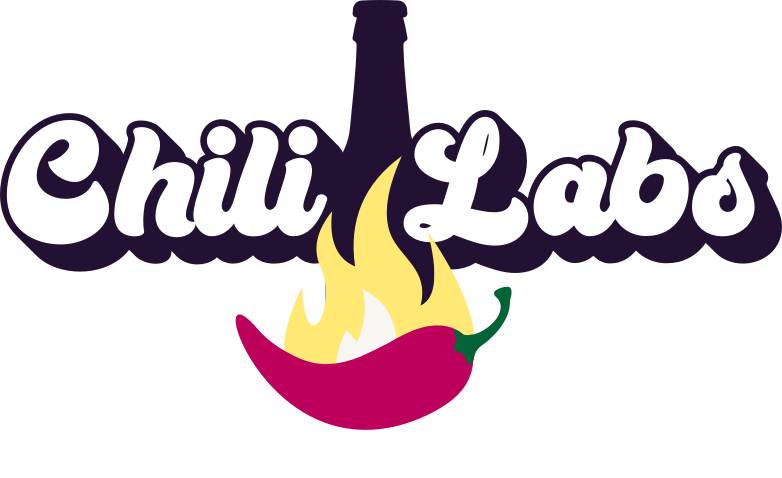Chili Ingredients
Black Shack Chili
What to buy.
the meats
1.3 lb lean burger
1.3 lb steak in 1/4" to 1/2" squares
1.3 lb pork tenderloin in 1/4" to 1/2" squares
note: experimenting with meat replacements is encouraged :)
secret ingredient
2 12oz bottles of Black Shack Porter™ beer
(ie; not Budweiser; if all you have is a light domestic beer flavored fizzy water, don't bother; f a dark porter, the mind a big, dark flavorful beer, the richer the better. )
veggies
1 medium white, yellow or Vidalia onion, chopped
2-3 tablespoons chopped garlic
spices
chili powder (actual measure = 3.7 oz = 9 tbl, note: this is one of the keys, much more than most people would use)
white pepper
black pepper
red pepper (actual measure = 1 tbsp)
cumin (actual measure = 1.5 tbsp)
salt
paprika, I use hot Hungarian paprika (actual measure = less than 1 tbsp)
oregano, preferably Mexican (I've gone without this ingredient w/o a problem, actual measure = 1-2 tbsp)
tomato base
2 small cans of tomato paste
1 large salsa 16-20 oz (heat level is up to you)
2 tomatoes, finely chopped or 1 small can of crushed tomato, optional
Miscellaneous
1 can of black beans (can use pinto beans if preferred)
1 package 8-12 oz, shredded cheese, recommend flat tasting cheese as in Monterey Jack, nothing sweet or really stringy
etc.
In 1912, Wilbur Scoville developed a method to measure the heat level of a Chile Pepper called the Scoville Organoleptic Test.
Christopher Columbus discovered peppers in 1492.
Native tribes strung chilies together, tied them to their canoes, and used them to ward off all evils.
Chile Peppers were once traded as a common currency.
Chile peppers were used in Cervantes's Spain and appeared in great ancient cuisines of China, India, Indonesia, Italy, the Caribbean, France, and the Arab states.
Don Juan de Onate entered New Mexico in 1598 and brought the green chile pepper with him. It has grown there for nearly four hundred years since
Canary Islanders, transplanted in San Antonio as early as 1723, used local peppers, wild onions, garlic, and other spices to concoct intense meat dishes - improvising upon ones they had cooked for generations in their native land, where the chile pepper also grew

